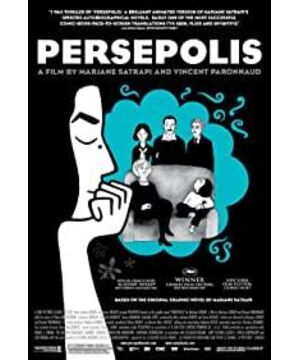Try a thought experiment: When it comes to Iranian movies, what do you "expect"? What about Syrian movies? Indian movie? Vietnamese movies? Mexican movies?
The second experiment: If the actual situation is - Indian films are about business wars, Mexican films are about green campuses, Syrian films are about martial arts, Vietnamese films are pure love... Would you watch this film?
It should now be understandable why Chinese films that have won awards overseas are similar, while domestic blockbusters are of the same type.
In my theory in another article "Why do people feel a work is good", "good" is the interaction between the ability of the work and the threshold of audience acceptance. Coupled with a new theory - the audience's cognition is presupposed , the above phenomenon can be explained.
If the work does not match the audience's presupposition, the audience will have the feeling (or illusion) that the ability of the work is lower than their own threshold . In other words, if you presume that Indians can only dance and make pancakes, and their business warfare is pediatric, you will project this perception on his business warfare works, and predict that his business warfare works are likely to be lower than your acceptance. threshold.
Simply put, for a specific audience, the work is designed by someone. Works that do not meet the expected character will be ignored. Cognitive presupposition is the limitation of the audience's cognitive threshold (low) , but creators must face up to its existence, and can even take advantage of it:
1. Establishing a subdivided personality will quickly occupy the cognitive advantage in the sub-field, and even your work will define the user's cognitive threshold, which is a shortcut to make the work widely accepted . For example, China defines kung fu, India defines song and dance, and Japan defines tea ceremony. Defining personalities in cross-fields is a shortcut, which will help promote: such as Sichuan rap, southern cross talk, and Southern and Northern Dynasties drama experts. Subsequent creations follow the settings, and it is effortless to "please" the audience.
2. Create a personality matrix. Characters are easy to build, but hard to break. There is no free lunch in the world. For example, the settings of Chinese films such as kung fu and social folding are deeply ingrained, and your urban image and modern industrial image are difficult to spread. This needs to learn from Japan and create multiple parallel (even conflicting) character lines: pure love and delicate VS pornographic ghosts, modernity VS respect for tradition, many are extremely conflicting, but it does not matter, as long as each line is clear, it can be spread separately. After the combination, a rich overall image can be established. The United States is also, there are superheroes, western cowboys, southern manor, middle class, and many iconic characters, each developed independently, and the integration is rich.
You can find that most developing countries, even European countries, have a very single personality for foreign audiences, which makes their culture spread very smoothly, but extremely narrow. China's hard power has reached a certain height, and its external soft power and hard power have not yet matched. Develop multi-person settings to strengthen cultural communication , and it will be easier to make friends in the world, which is helpful for politics. A kung fu master, a literate person, an infrastructure maniac, a math genius, and a mobile Internet kingdom. These characters are all good.
View more about Persepolis reviews










